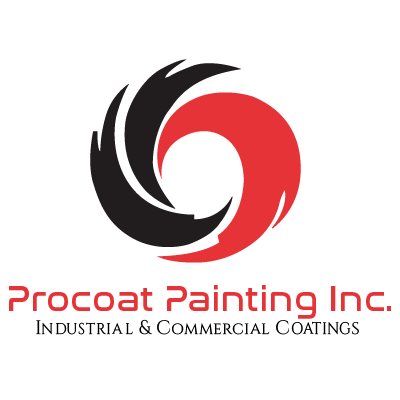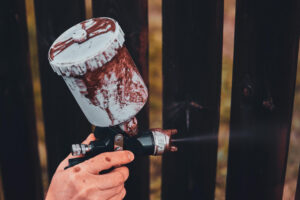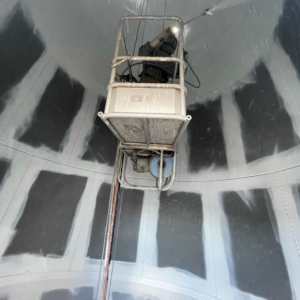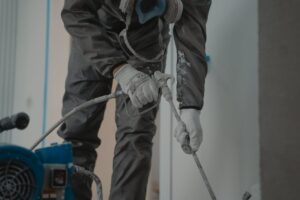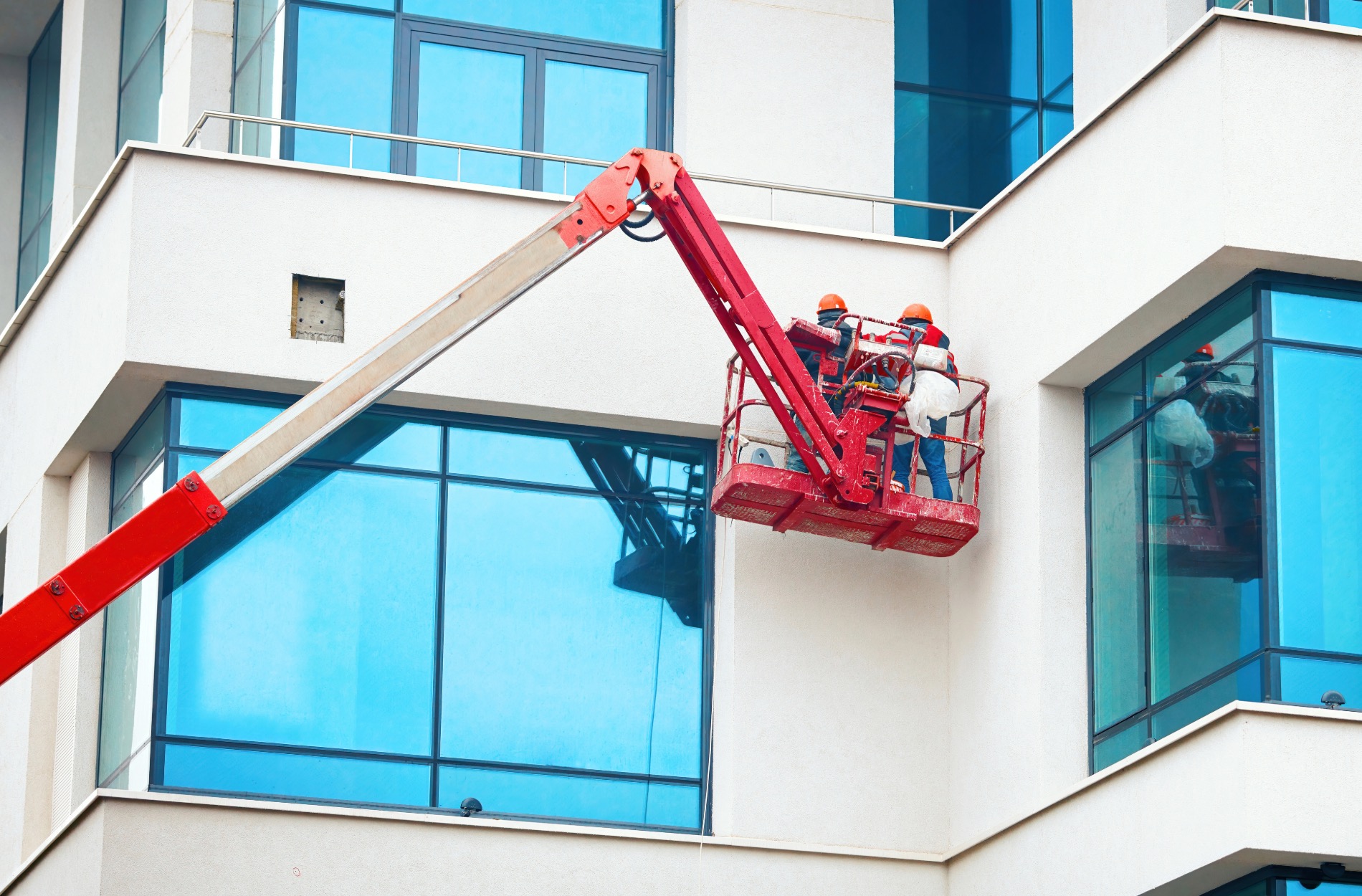
Painting the exterior of a commercial building is a significant task that requires careful planning and execution. A well-painted exterior not only enhances the building’s appearance but also protects it from weather damage and wear. Whether you are a property manager looking to update the look of your building or a business owner wanting to make a great first impression, choosing the right approach is essential.
Preparation Steps for Commercial Exterior Painting
1. Cleaning and Surface Preparation
The first step in any commercial exterior painting project is proper cleaning and surface preparation. Start by thoroughly washing the exterior walls using a pressure washer. This removes dirt, dust, mildew, and any loose paint. Ensure you cover all areas to avoid missing spots that could affect paint adhesion. Let the surface dry completely before moving on to the next step.
Next, inspect the surface for any additional contaminants like grease or oil. Use a degreaser to clean these areas if needed. Sand any rough spots and scrape off peeling paint to create a smooth surface for the new paint. This step is crucial for ensuring the paint sticks well and lasts longer. Also, masking windows, doors, and non-paintable areas will help keep the paint job clean and professional.
2. Repairing Damages
After cleaning, the next step is to repair any damages on the building’s exterior. Look for cracks, holes, or any other imperfections that need fixing. Use a high-quality filler or patching compound to fill in these areas. For larger gaps, consider using more robust materials like cement patches or epoxy fillers.
Make sure all repairs are flushed with the surface level and sanded down smoothly. Check for any signs of rot or structural damage that may need more extensive repairs. Addressing these issues before painting ensures the new paint job will look smooth and professional while also protecting the building’s exterior from further damage.
Choosing the Right Paint and Materials
1. Types of Paint for Outdoor Commercial Buildings
Choosing the right type of paint is essential for a long-lasting and attractive finish. Acrylic latex paint is a popular choice for commercial exteriors due to its durability and weather resistance. This type of paint is known for its flexibility, which helps it withstand the expansion and contraction of exterior surfaces due to temperature changes.
Oil-based paints are another option, providing a durable and glossy finish. They are suitable for high-traffic areas and surfaces that require more protection. However, oil-based paints take longer to dry and can be harder to clean up. On the other hand, elastomeric paint is excellent for surfaces needing extra waterproofing. It forms a thick, elastic layer that bridges cracks and resists water damage.
2. Essential Tools and Supplies
Having the right tools and supplies is crucial for a successful painting project. Basic tools include brushes, rollers, and paint trays. For larger areas, using a paint sprayer can save time and provide a more even finish. Make sure to have masking tape and drop cloths to protect areas that should not be painted.
You will also need ladders or scaffolding for reaching higher areas safely. Other essential items include sandpaper, putty knives, and caulking guns for surface preparation and repairs. Quality tools and supplies can make the painting process smoother and help achieve a professional-looking result.
Application Techniques for Best Results
1. Brushing, Rolling, and Spraying Methods
To achieve a smooth and even finish on a commercial building exterior, it’s important to use the right application method. Brushing is ideal for smaller areas and detailed work. It ensures the paint is worked into the surface thoroughly, providing good coverage and adhesion.
Rolling is a great choice for larger, flat surfaces. It can cover a lot of area quickly while still giving a consistent finish. Use a long-handled roller to reach higher sections without needing a ladder. For the best outcome, go over the area a few times to ensure even distribution.
Spraying is the fastest method and works well for very large surfaces or hard-to-reach areas. It provides a smooth, even coat and is less labor-intensive. However, it requires more preparation to protect surrounding areas from overspray. Make sure to use the correct type of sprayer for your paint and follow the manufacturer’s guidelines for setup and cleaning.
2. Tips for Even Coverage and Smooth Finish
Getting an even coat of paint is easier if you follow a few basic tips. First, always use high-quality brushes and rollers designed for the type of paint you’re using. Cheap tools can cause streaks and uneven application.
Work in manageable sections and maintain a wet edge to avoid lap marks. This means moving quickly enough that the paint doesn’t dry before you blend it with the next section. For spraying, keep the sprayer at a consistent distance from the surface and move steadily to avoid drips and uneven spots.
Apply multiple thin coats rather than one thick coat. This helps prevent runs and ensures better coverage. Allow enough drying time between coats as recommended by the paint manufacturer. Finally, inspect your work regularly and make any necessary touch-ups to achieve a flawless finish.
Maintenance Tips to Extend Paint Life
1. Regular Inspections
Keeping your commercial building looking fresh and well-maintained requires regular inspections. Check the exterior walls, doors, and trim for any signs of damage or wear. Look for peeling paint, cracks, or areas where the paint has faded. Identifying problems early allows you to fix them before they become more serious.
Inspecting your paint job at least twice a year is a good rule of thumb. Pay special attention after harsh weather conditions like heavy rain, snow, or strong winds. Damage from the elements can occur quickly, so regular checks are essential to maintain the protective qualities of your paint.
2. Cleaning and Touch-Ups
Routine cleaning helps to extend the life of your paint job. Dirt, mildew, and pollutants can accumulate on the surface, causing the paint to deteriorate faster. Use a mild detergent and a soft brush to gently clean the exterior. Rinse thoroughly with water to remove all soap residue.
Performing touch-ups as needed can keep your building looking its best. If you notice any small chips or scratches, address them promptly to prevent further damage. Use the same type of paint and application method for touch-ups to match the existing finish. Keeping some leftover paint from the original job can be handy for this purpose.
Painting Commercial Exteriors: Secrets to a Flawless Finish
Painting the exterior of a commercial building is a significant investment that pays off in the long run. Proper preparation, choosing the right materials, and using the best application techniques are crucial for achieving a durable and attractive finish. Regular maintenance, including inspections and touch-ups, helps to extend the life of your paint job and protect your building from the elements.
A well-maintained exterior not only enhances the curb appeal of your property but also reflects positively on your business. Taking the time to do the job right ensures lasting results and can save you money on repairs and repaints down the line.
If you need expert help with your commercial exterior painting project in Batavia, OH, contact Procoat Painting Inc. Our team can provide top-quality services to keep your building looking great for years to come!
